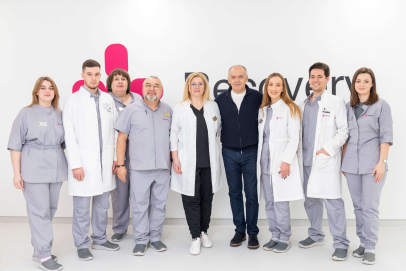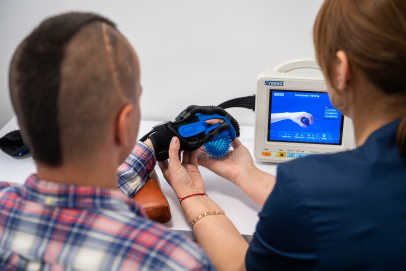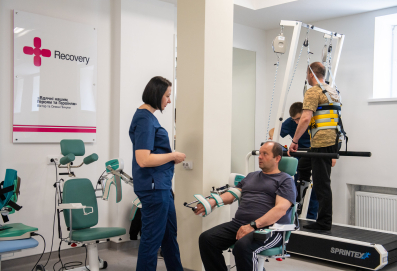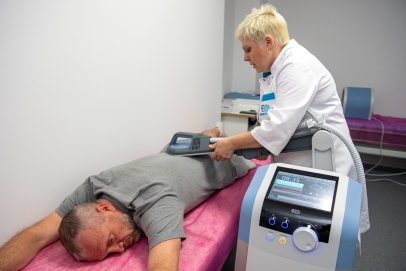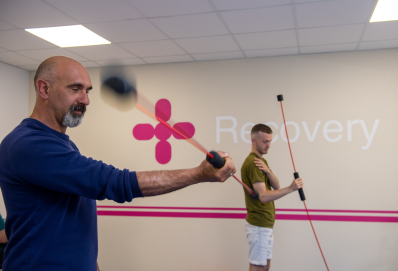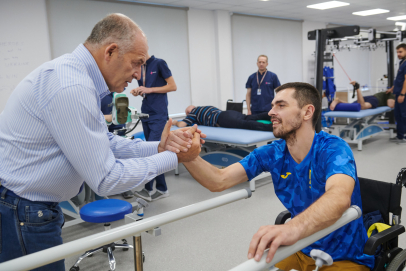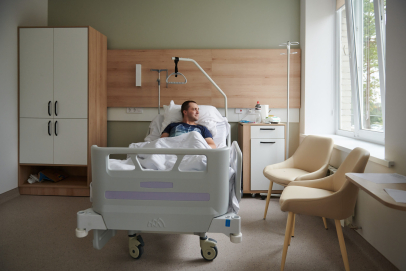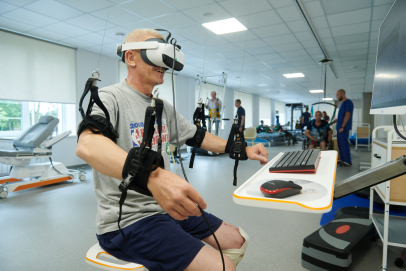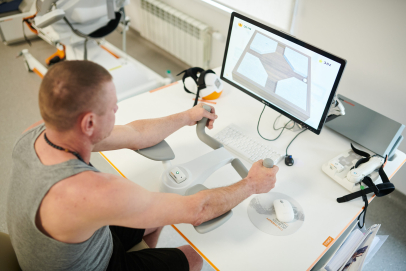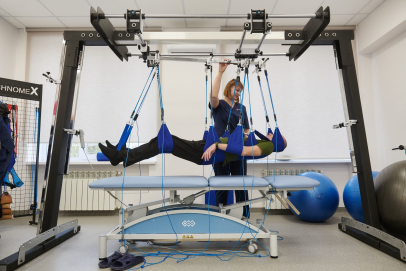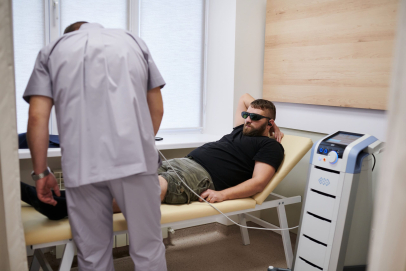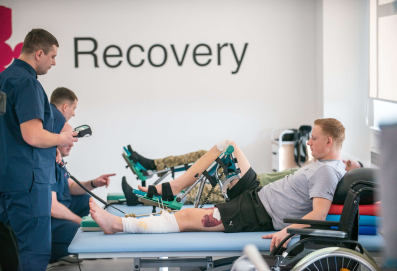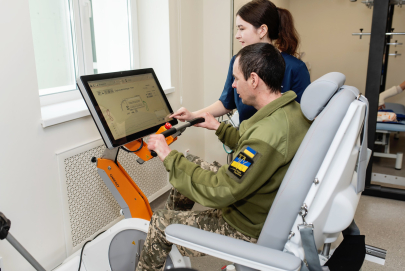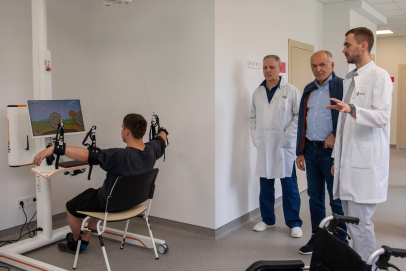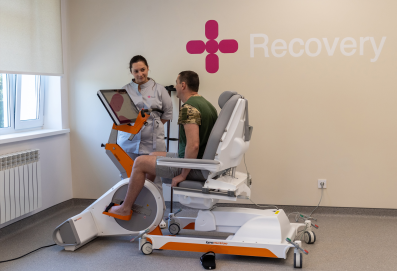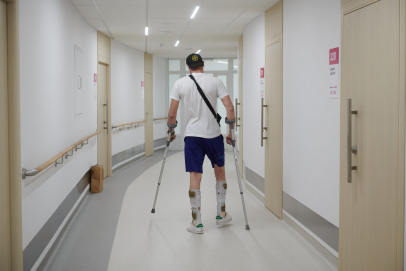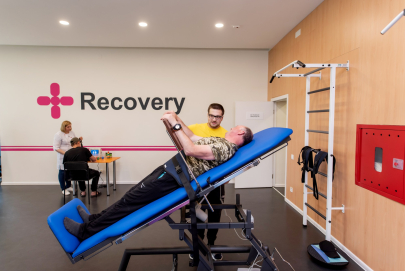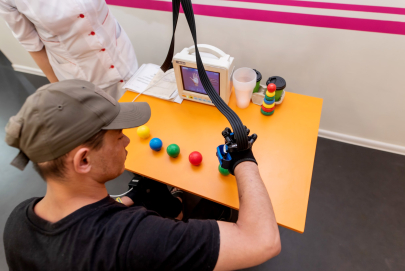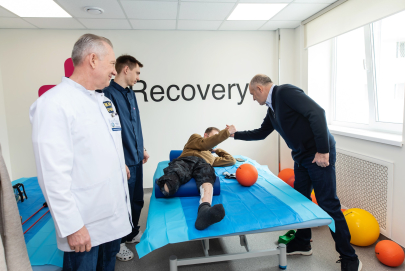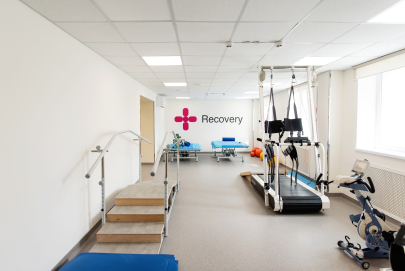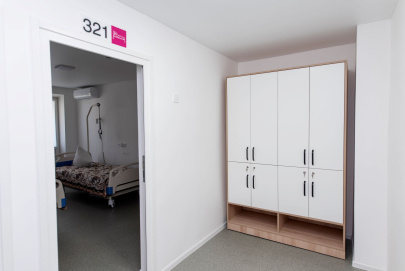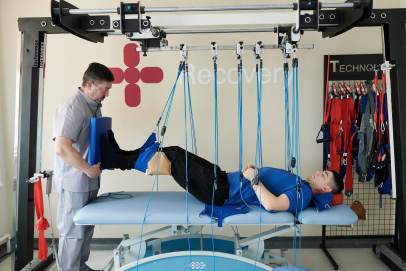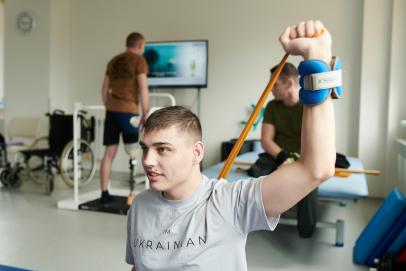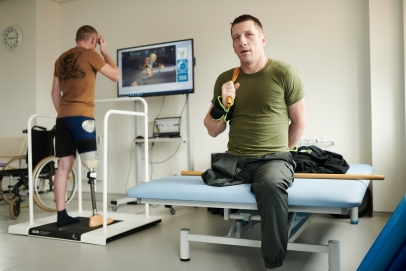Press about us
Reflections on War, Performance Artist Marina Abramović and Ukraine’s “Fragile State”
Battered by ongoing war, political instability and corrupt crony capitalism, Kyiv finds itself in a delicate and fragile state. That, at least, was the impression I got during a recent visit to Ukraine where I had the opportunity to attend the Yalta European Strategy (YES) conference, a gathering of policymakers, businesspeople, journalists, experts and members of civil society. Sponsored by wealthy Ukrainian businessman and philanthropist Viktor Pinchuk, the gathering has been meeting since 2004 in an effort to promote a political bridge between Ukraine and the West and European Union. Until recently, the conference convened annually in the city of Yalta; that is say, until 2014 when Vladimir Putin occupied the Crimea and YES forum was obliged to move to Kyiv.
In addition to wearing a political hat, Pinchuk is a prominent patron of the arts and the industrialist owns a local art gallery, Pinchuk Art Center, located in downtown Kyiv. Intrigued by the sound of the center’s current exhibit, which is perhaps somewhat appropriately titled “Fragile State,” I took a tour of the gallery. “The title of the show is meant to reflect Ukraine’s underlying uncertainty since the country doesn’t know where to turn,” remarks Valeria Schiller, an art historian, student and guide at Pinchuk Art Center. To be sure, Schiller adds, the exhibit must be seen in the context of Ukraine’s wider political travails and discussions taking place at the YES conference just outside the city center. Nevertheless, my guide explains, “we don’t want to make any overt political points as a museum, but merely to give the viewer a sense of the overall psychological vulnerability of Ukrainian society today.”
Schiller gestures to a series of life-size vases depicting viruses and other agents of contagion such as bats. The work, which is created by artist Barthélémy Toguo, is meant to underscore humanity’s fragile relationship to water and contamination. Just across the room sits a related work by Urs Fischer, a life-like self-portrait of the artist made entirely out of wax. The figure, who is sitting at a table drinking a bottle of wine, is literally burning and decomposing right in front of the viewer. By the end of the exhibit, Schiller explains, the portrait will have completely melted away. At the opposite end of the gallery, we come upon the curious figure of a Ukrainian soldier dressed in full military uniform standing in a corner. Unlike Fischer’s piece, however, the model is a real flesh and blood man.
The work, which was choreographed by artist Santiago Sierra, is meant to humanize Ukraine’s wartime combatants. The model is turned away from patrons milling about the gallery, and Schiller explains that though we can talk to him, the soldier is not allowed to interact with visitors. The veteran stands in a corner, much as children are punished when they are ordered to stand in the corner of a school classroom. “Sierra wants the viewer to understand that these guys are simply laborers,” Schiller declares, “in this case within the war industry where someone gets financially rewarded but typically not the soldiers themselves.”
Upstairs on another floor, Schiller introduces me to Artem Mokrenets, an architecture student and yoga instructor who is working as a facilitator on performance artist Marina Abramović’s work entitled “Generator.” After I place my belongings in a locker, Mokrenets gives me a pair of headphones and I am blindfolded. The facilitator then leads me into another room in a state of eerie sensory deprivation. As I feel my way along the walls of the room, I am made to reflect upon my own sense of helplessness and vulnerability. If there are other visitors in the room, I don’t wind up bumping into them and after a time I signal to my volunteer that I am ready to exit the exhibit space.
Ukrainian Reactions to “Generator”
Later, I ask Mokrenets what prompted him to sign up for this facilitator work in the first place. “‘Generator’ isn’t like typical performance art,” he explains, “but more akin to meditation practice or yoga, and as such this is quite related to my own work.” The facilitator adds that most people have no idea what to expect from the show and the public response has been quite varied. Some patrons actually break the rules by taking their blindfolds off in the middle of the exhibit space. “They want to see what’s inside,” Mokrenets explains, “but if they do that, they are immediately asked to leave the exhibit.” On the other hand, many other patrons are quite moved by their visit and return later so as to repeat the experience.
But what happens, I ask, if visitors wind up bumping into one another? Mokrenets remarks that this frequently happens, and patrons are allowed to touch each other. Facilitators, however, are strictly trained in how to manage such situations. Some visitors take others by the hand or even hug strangers, which suggests a degree of sexuality. On the other hand, if the situation becomes too aggressive or passionate, facilitators may ask the visitors to stop. Overall, Mokrenets adds, the idea of “Generator” is to expose the visitor to uncertain and unexpected psychological situations.
Performance Art as Metaphor
Perhaps, Abramović tells me, “Generator” can be seen as a metaphor for Ukraine’s overall malaise and climate of political uncertainty. “I think the work relates to the situation here,” she remarks to me as we speak outside Pinchuk Art Center. “When you’re blind,” she says, “and find yourself in a space which is unfamiliar to you, and you have placed all your devices in the locker including your watch, your phone or your computer, you are immersed in a fragile state and have to rely on your instincts and trust the situation.”
Abramović notes that the response to her show in Ukraine has differed from other countries where she previously exhibited. In Ukraine, she says, people have reacted more viscerally and emotionally to the work due to their own volatile and recent history. “Visitors cry and hold others for a long period of time, though they don’t even know who they’re embracing. Later, they emerge from the exhibit space and continue the friendship. I find that interesting because even though you were blindfolded, nevertheless some degree of communication occurred.”
Abramović has been particularly struck by the youth response to her work in Ukraine. Though the Maidan revolution took place four years ago, the country is still in the midst of a “transition” and there’s a refreshing air of youthful energy. The artist remarks that when she gave a lecture in Kyiv, she was highly encouraged to see that eighty percent of the audience was “super young.” Abramović adds, “I think that if it’s only my generation which shows up to the exhibit then there must be something wrong. On the other hand, if young people show up, then you know your work enjoys vitality.”
Milling about the gallery, I did not spot any of the political celebrities or politicians attending the YES conference. Perhaps, however, such figures would be shaken up a little by the exhibits which wouldn’t necessarily be a bad thing. To Abramović, all of the urgent hand-wringing about Ukraine’s plight, the battle against corruption and the country’s relationship to the E.U. and the West came off as somewhat stale. “You know,” she remarks to me, “it was incredible to see how well spoken all those parliamentarians were. At the same time,” she adds, “I am skeptical as it all reminded me of these speeches we used to hear in the former Yugoslavia about lofty goals which were never achieved. If I return to the Yalta conference next year, I will be eager to see if any of these promises has been lived up to.”
Nikolas Kozloff is a New York-based writer and photographer.






























